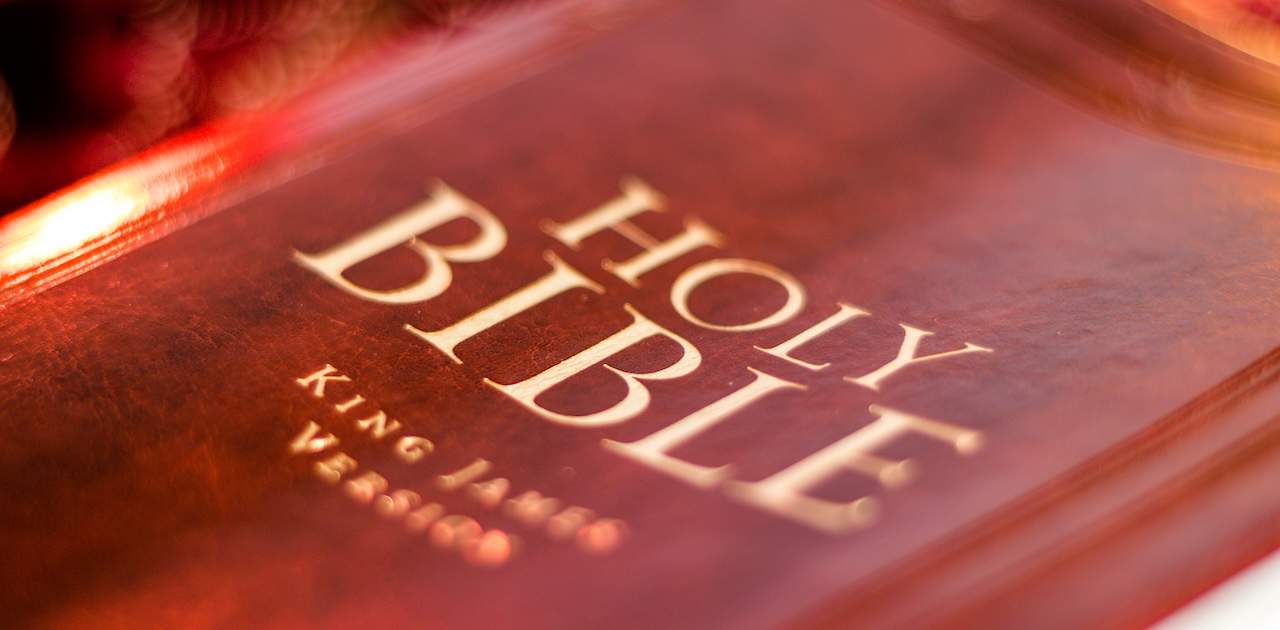

For generations of frontier settlers and pioneers, the family Bible was frequently the only printed book in the home. They were also the only source of paper to write on. East Coast print shops mass-produced the Christian Bible — the most popular, most-printed, and most-distributed text in North America — as early as 1780. They provided a source for a family’s religious affiliation, and the paper within was often a family record of:
Not all Bibles contain the same information, and some details can vary by region. But the common use for the inside covers and the empty or mostly blank pages became notes and place listings for these family records.
This practice was so common that by the late 18th century family Bibles were printed with designated lines or spaces for births, marriages, and deaths. Many families — usually the matriarch — sometimes recorded other valuable information, like poems and obituaries, that proved valuable to the family.
Family Bibles are sometimes considered official records despite their lack of “legal” standing. But because they’re primary sources often written by a person who was physically present at a life event, the vital records within are often the only source of:
Genealogists can gather a lot from a family Bible. For instance, strikethroughs of specific dates may indicate disagreement across generations of specific events.
Of particular interest to genealogists is checking that the handwriting changes over time, indicating children or grandchildren who began chronicling the rich history of a family tree. The same handwriting up to a specific year is a solid clue that a person died or passed on the family Bible. Likewise, identical handwriting spanning generations may indicate the records were copied from another document or all at once (perhaps another Bible, but not necessarily). It may also call into question the validity and accuracy of those records.
Some historical societies maintain an index of the family Bibles available. These are sometimes available to search online, but the records themselves are seldom online.
Most Bibles are physically large, consume large amounts of often limited space in libraries, and unlike newspaper clippings which are easy to clip out and scan, Bible records are challenging to work with. They’re also exceedingly more niche and, as a resource, only useful to your family.
It’s frequently up to volunteers to help maintain or transcribe the original entries, and volunteers are hard to find.
Recognize, too, that a periodical source index is also often the work of volunteers. Even if your family does not appear in an index, the library may have more Bibles waiting to be included or indexed.
However, there are some online databases:
Family Bible records are often hard to find. The original Bibles are usually even harder to find. To find your family Bible:
Bibles are at obvious risks of water, fire, and wind damage. Insects, mice, rodents, and even the family dog can damage family Bibles and their precious records. Sometimes, they’re just lost to time.
A few years ago, a woman came into our Research Library who had been trying to identify some record of a young child who likely died within a few days of birth in Warren County. She had some clues this child existed a century ago, but no hard evidence. After reviewing countless indexes from newspapers, births, deaths, and even checking maiden names against these vital records, we suggested she browse our family Bible collection.
Within a few hours she had discovered her original family Bible, still intact, with all its history and records neatly bundled within. Those Bible records revealed the birth and death of a young child who indeed died within a few days of birth.
We currently do not have an index online of the family Bibles at the Warren County Historical Society. But we do have several dozen in our collection. You can visit anytime during regular Library hours. If you’re unable to travel but think a Bible may be in our collection, you can pay a small fee to have one of our volunteer genealogists look for you.